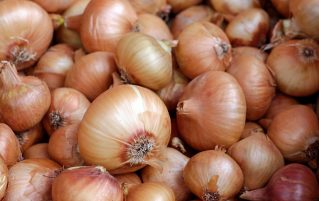How to work with Genetics: Part 1

DNA contains the genetic instructions for the development and functioning of a living organism. Here are some amazing facts about DNA and genetics.
- A single strand of DNA is a thousand times thinner than a strand of hair.
- Scientists believe that up to 145 genes found in the human genome, may have “jumped” into our DNA from organisms such as viruses and bacteria!
- An amoeba is a tiny single celled organism, yet apparently has 200 times more DNA than a human.
- Junk DNA (DNA not used) is found in all organisms, however different organisms discard it at different rates. Onions keep hold of so much of it that their genome is several times bigger than a human genome. But fruit flies get rid of theirs almost immediately. They just don’t pass the junk on to their offspring. It is likely that more than 75% of DNA in fruit flies is functional.
- Bacteria share genetic information with their neighbours through what is known as horizontal gene transfer. This is what helps bacteria become resistant to antibiotics so quickly, as they pass their resistance on to other bacteria!
GCSE scientists – you need to explain how genetic information is passed on from parents to offspring. For help with this try our new guide “How to work with Genetics: Part 1”. It includes information on genetic diagrams and key vocabulary you need. It includes questions to try, and answers to check your understanding.
Click on the picture below to see the guide.

Come back and check our
blog page for more resources to help you improve your understanding of different topics in various subjects. New Maths and Science guides will be coming soon.
If you found this useful and think you would benefit from some additional help, please contact us.
We welcome guest bloggers.


